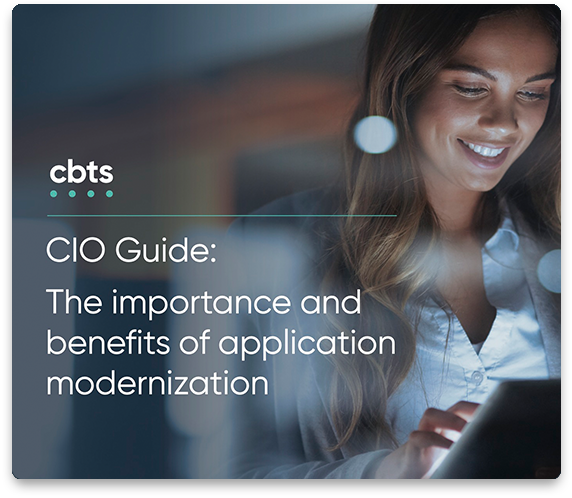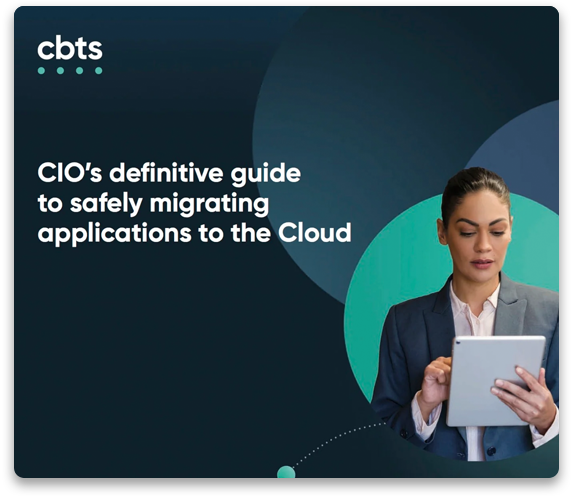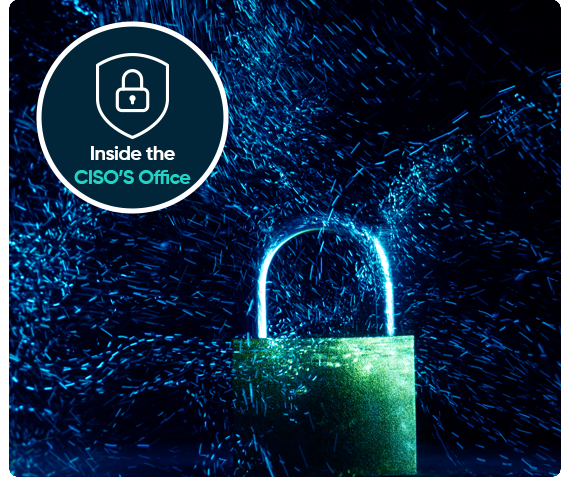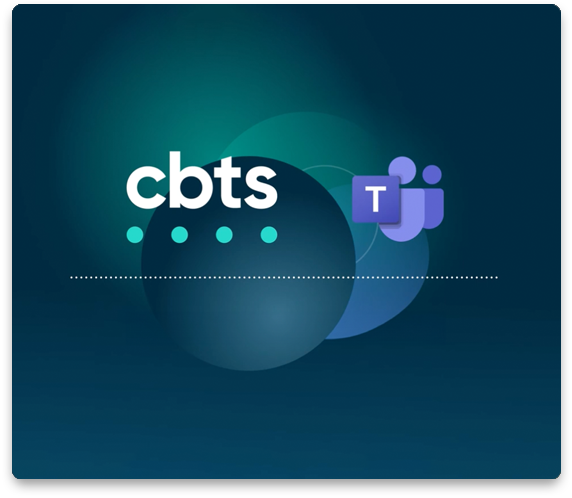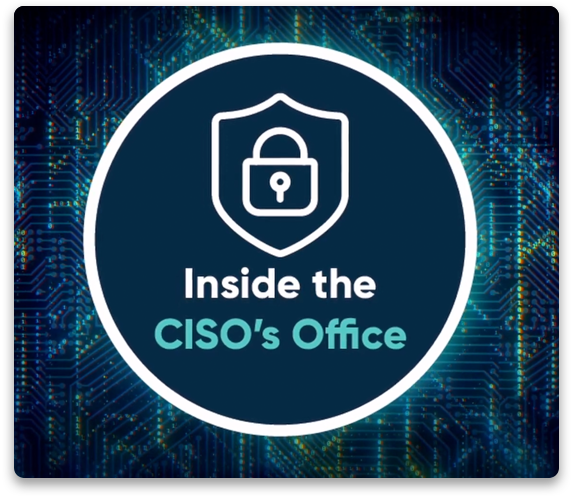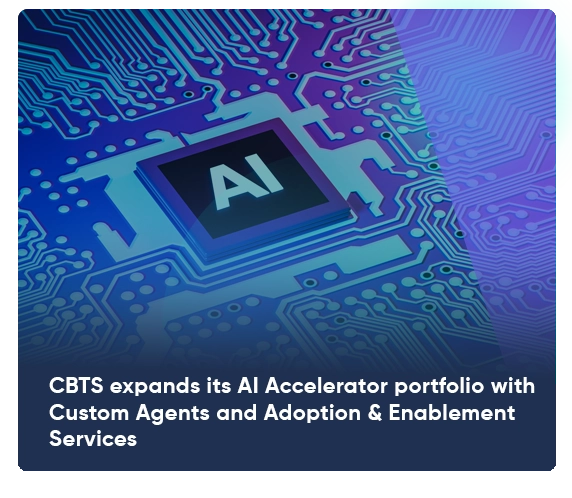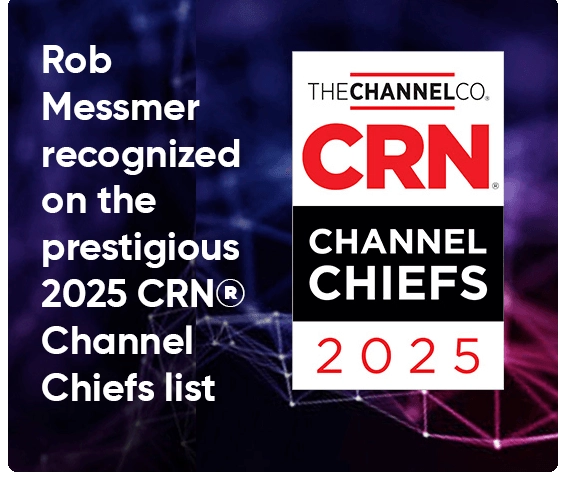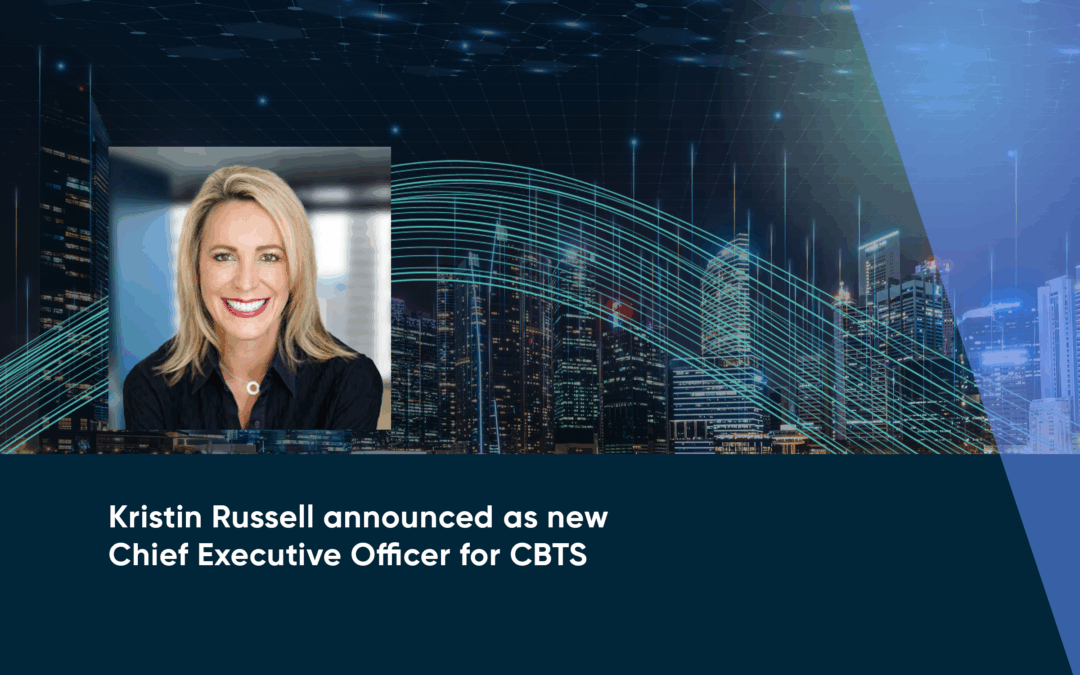
Cloud-based solutions are a topic that continues to be ubiquitous in today’s IT circles. The S&P Global’s report 2024 Trends in Cloud & Managed Services Transformation calls the public cloud “a standard component of the enterprise IT toolbox,” while Gartner, Inc. forecasts global spending by end users on public cloud services will jump to $723.4 billion next year, from nearly $596 billion in 2024. Yet, legacy systems still live on. Of course, the IT needs of some organizations have not yet evolved to the point where they need to rethink existing on-premises technology. Conversely, organizations heavily reliant on intricate computing functionality will likely seriously consider recasting their IT systems to cloud-based solutions.
The problem with traditional technology is that it has a shelf life. It cannot be enhanced to keep up with changing business demands. So, there always comes a point when maintaining legacy systems is less cost-effective than replacing them.
When considering the pros and cons of transforming traditional IT solutions, companies must understand the challenges that accompany extensive hardware upgrades over managed cloud solutions.
Also read: Transforming modern retail technology: How CBTS and Cisco deliver comprehensive solutions for business success
Four essential considerations
1. New hardware is a significant investment
Larger organizations will face a hefty price tag when upgrading existing hardware. This multi-million dollar expense can be difficult to defend over investment in sales and enhanced customer satisfaction. New equipment also comes with the costs of configuration, installation, and maintenance of the latest technology and networks. The accompanying electric bill is yet another added expenditure. Plus, new hardware is already on its way to obsoletion upon installation. This will make hiring IT staff with expertise in the new systems more difficult as time passes.
These are several reasons why managed cloud solutions have gained so much traction. In-house IT teams can focus on innovations, while the managed service provider has the expertise to oversee cloud operations and keep up with new technology developments. Rather than making a single multi-million dollar capital expenditure investment, an operational expenditure allows subscription-based billing. The cloud provider ensures that the technology is always current, foots the cooling bill so you don’t have to, and is responsible for cloud security.
2. Plan to pay for a surplus of storage and server resources
Computing power costs diminish with time. That translates to hardware with exponentially more computing capacity than in the past. In turn, companies that invest in new equipment buy more resources than needed. That alone is a poor return on investment.
Working with a managed cloud provider gives you more cost control over the resources that you consume. You won’t be charged for unused resources. But when your business needs dictate an increase or decrease in cloud capacity, cloud scalability allows you to do so instantly.
Learn more: Nine compelling benefits of a CBTS managed cloud environment
3. Disasters could impact system restoration
Traditional equipment often has complex backup solutions and recovery products that are fragmented between different vendors. So, the time it takes to achieve a complete backup can be prolonged. Backup failures put companies in a difficult situation.
Managed cloud solutions have flexible storage capabilities, so recovery from a disaster is faster and easier. When servers are off premises, they’re also out of reach from hurricanes, floods, and other natural disasters that may affect your business’s physical location. Moreover, containerization, virtualization and other technologies are purpose-built to combine with advanced replication software so disaster recovery can occur almost immediately.
Costs no longer limit backup redundancy strategies to corporations with deep pockets. Companies of any size now have access to comprehensive disaster recovery solutions that minimize operational downtime when disaster occurs.
4. Traditional technology expertise is entering retirement
This is an issue facing organizations operating in developed economies. However, it is especially concentrated among businesses still using the IBM Power iSeries. These companies risk losing the few remaining IBM iSeries experts left to impending retirements. Modern IT educational programs do not typically train future generations of IT professionals on traditional hardware. Of course, there are still IT professionals with legacy expertise, but they are few and far between.
Managed cloud solutions are an optimal answer
There are myriad benefits to working with a cloud provider, including capacity, computing power, pricing, and availability. But remember that migrating from legacy technology to a cloud solution can be an intricate process with the potential to impact workload operations. From design to implementation and management, the entire process should be meticulously planned to align with specific business demands and current IT infrastructure.
Increasing complexity leads companies to partner with managed cloud providers such as CBTS. We aim to take the spotlight off their legacy data centers and concentrate their IT efforts on fundamental business goals instead.
With CBTS Unified Communication as a Service and Disaster Recovery as a Service, businesses can keep pace or even outpace their competitors thanks to the latest technology. Our IT professionals are trained, certified, and available to you 24x7x365, making it easier to find the IT support you need when you need it.
Contact us today to speak with a managed cloud expert.

